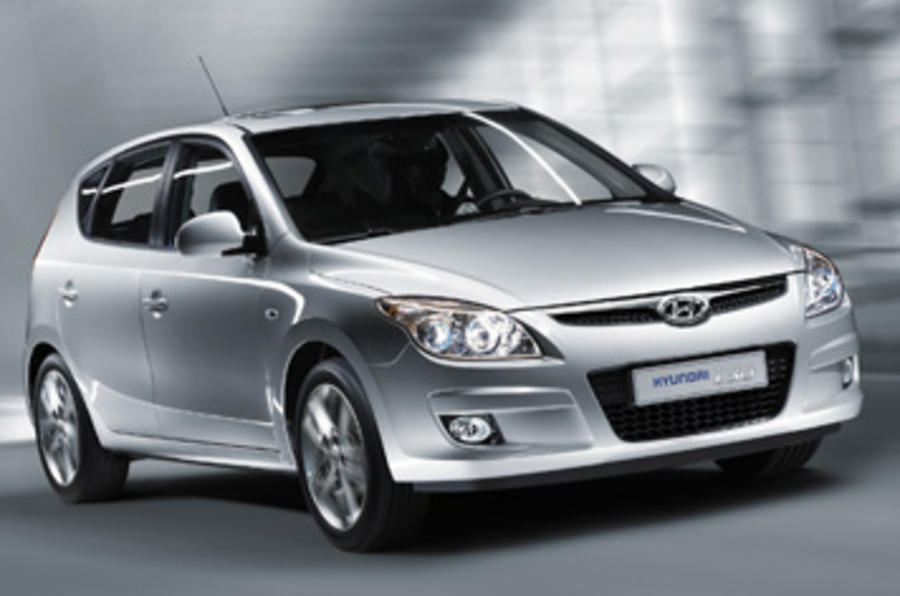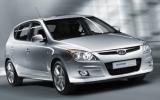What is it?
The all-new Hyundai i30 hatch. Korean contenders into the Golf-Focus class might not look much like London buses, but lately they seem to be arriving with similar frequency. No sooner does Kia finish launching its impressive Cee’d hatch than parent firm Hyundai weighs in with its version of the same thing, this time called i30 (Eye-thirty), and aiming to garner much the same plaudits as the Kia.
It’ll get them, too. The Hyundai might be made in a different location from Kia’s new factory in Zilina, Slovakia, but it’s very similar: same dimensions, same chassis, same powertrain choices, similar target market and (though nothing has yet been announced) similar pricing.
How does it differ to the Kia Cee'd?
The official difference between a Hyundai and a Kia seems to be that the newer car claims a more luxurious, higher-quality image than the Cee’d, which is more youthful and sporty. The difficulty with that is you won’t find anyone at Kia prepared to say the Cee’d is not a quality car, nor anyone at Hyundai who’ll suggest the i30 isn’t rewarding to drive.
Like the Cee’d, the i30 is a Focus-sized monocoque steel five-door hatch of conventional but all-new design. You can see the relationship between the two cars in the size, screen angle and overhangs. The Hyundai styling is different inside and out, with the more knife-edged treatment of the Cee’d holding a slight subjective advantage.
What's it like?
The Hyundai aims to be a little quieter and more supple than the Kia, and so it is, though early examples we drove handled neatly, gripped well on damp roads and resisted body roll pretty well.
The i30 comes with a choice of six transversely mounted four-cylinder engines, three petrol (1.4-litre/107bhp, 1.6-litre/119bhp, 2.0-litre/138bhp) all with 16 valves and variable valve timing, and three CRDi diesels all with variable turbo geometry (1.6-litre/89bhp, 1.6-litre/113bhp and 2.0-litre/138bhp).
Everything gets a five-speed manual gearbox as standard except the top diesel which gets six speeds, or you can pay extra for four-speed autos with the 1.6- and 2.0-litre petrol engines and the pokier 1.6 diesel.
The 1.4 is hard-revving and fun, the 1.6 petrol (which we only drove with the unresponsive four-speed auto) feels rather ordinary, the higher-power 1.6-litre turbodiesel is torquey and smooth (if a bit vocal) and the 2.0-litre petrol engine seems rather loud and not as quick as you’d expect. Our pick would certainly be the 1.6-litre, 113bhp diesel, whose 188lb ft torque output really tells.
Should I buy one?
For now, Kia appears to build slightly the sharper and better-looking of two very similar Hyundai Group cars, either of which looks a good choice for value buyers, especially if they expect to keep the car for longer than three years.
For the longer term, Hyundai will have to do more if its wants its new European C-class cars to be perceived as different. They’re decent cars, but much too similar.





















Add your comment